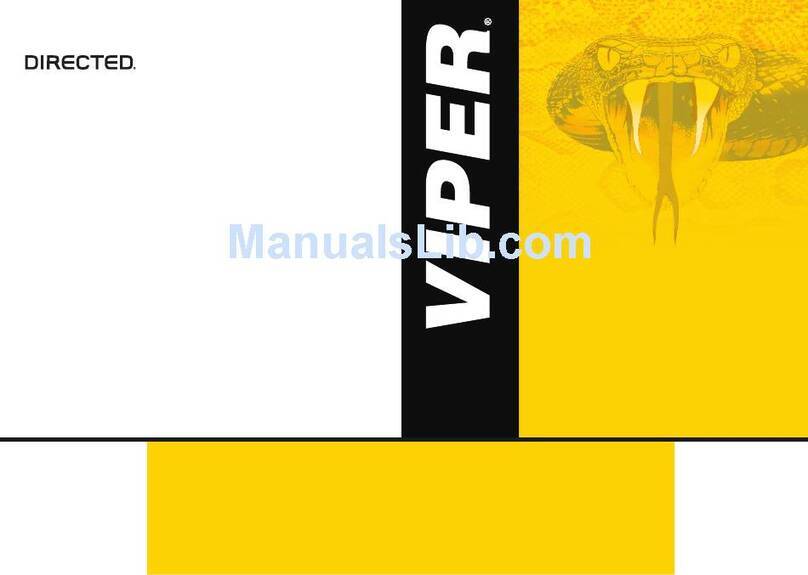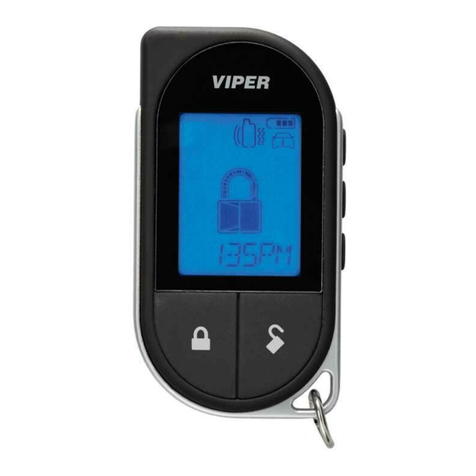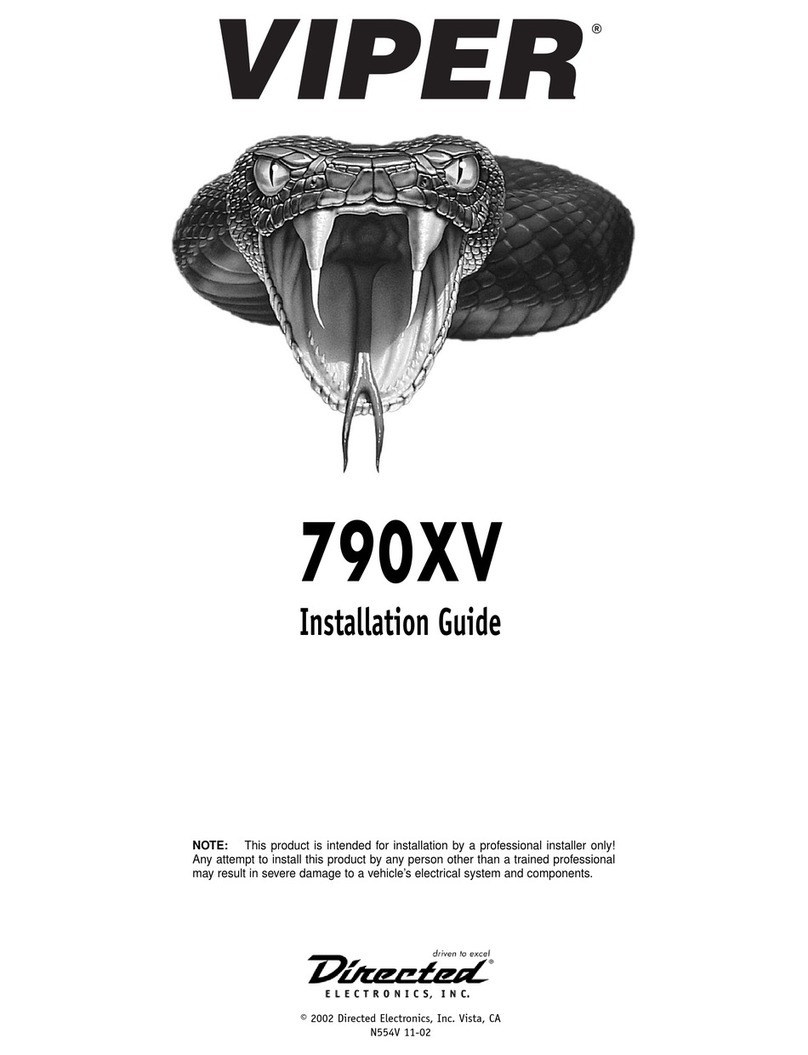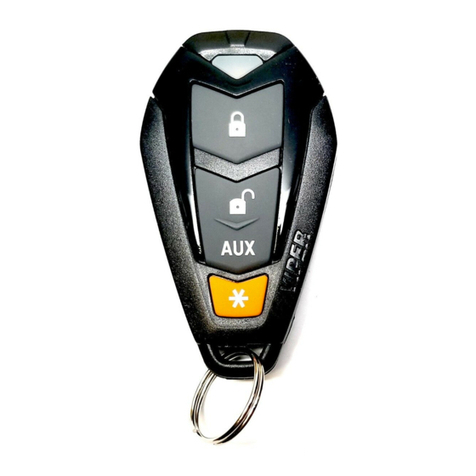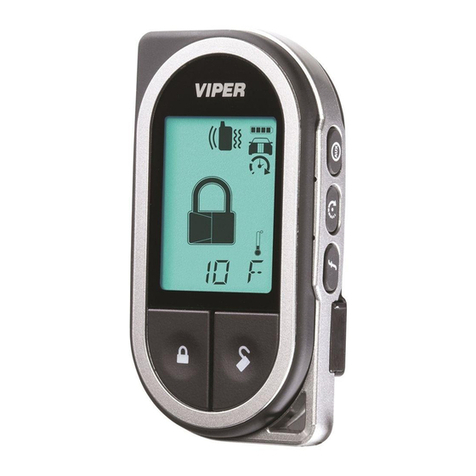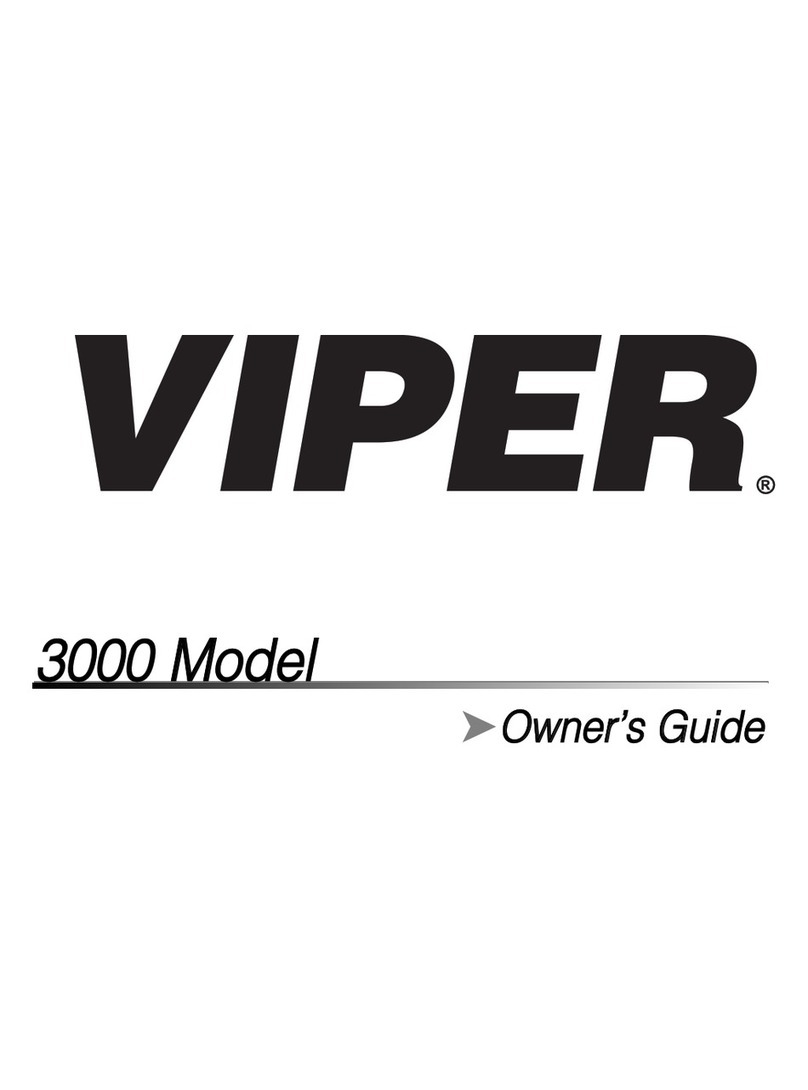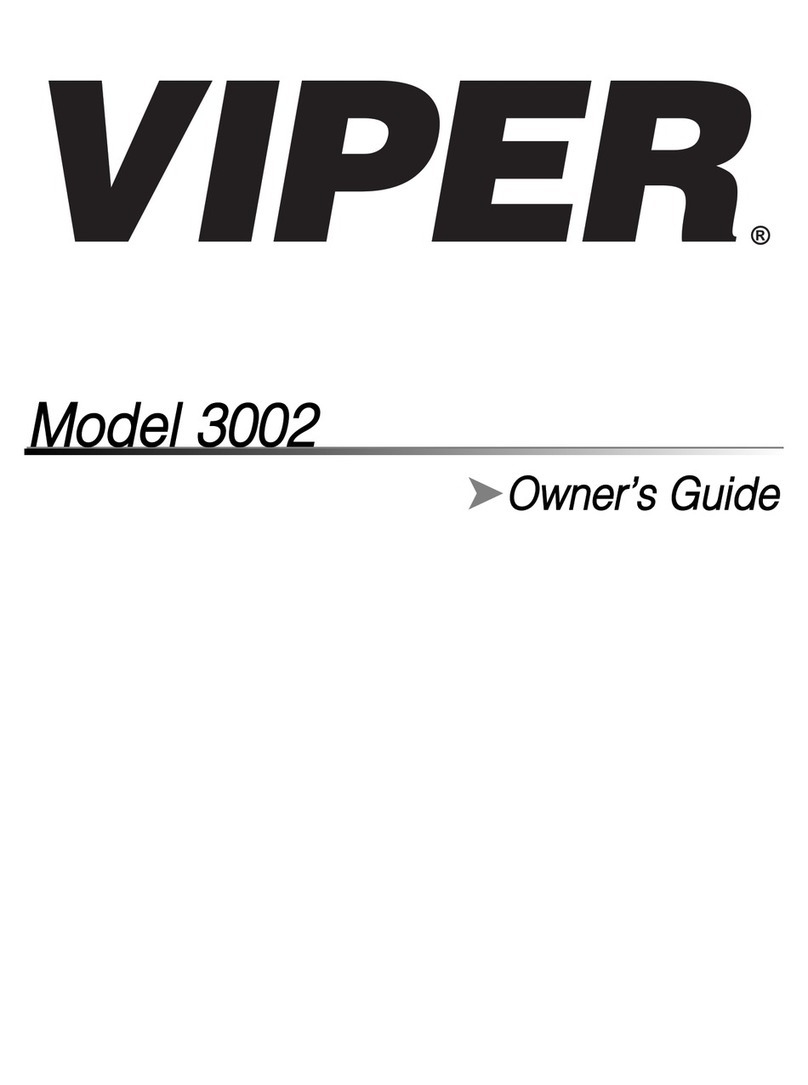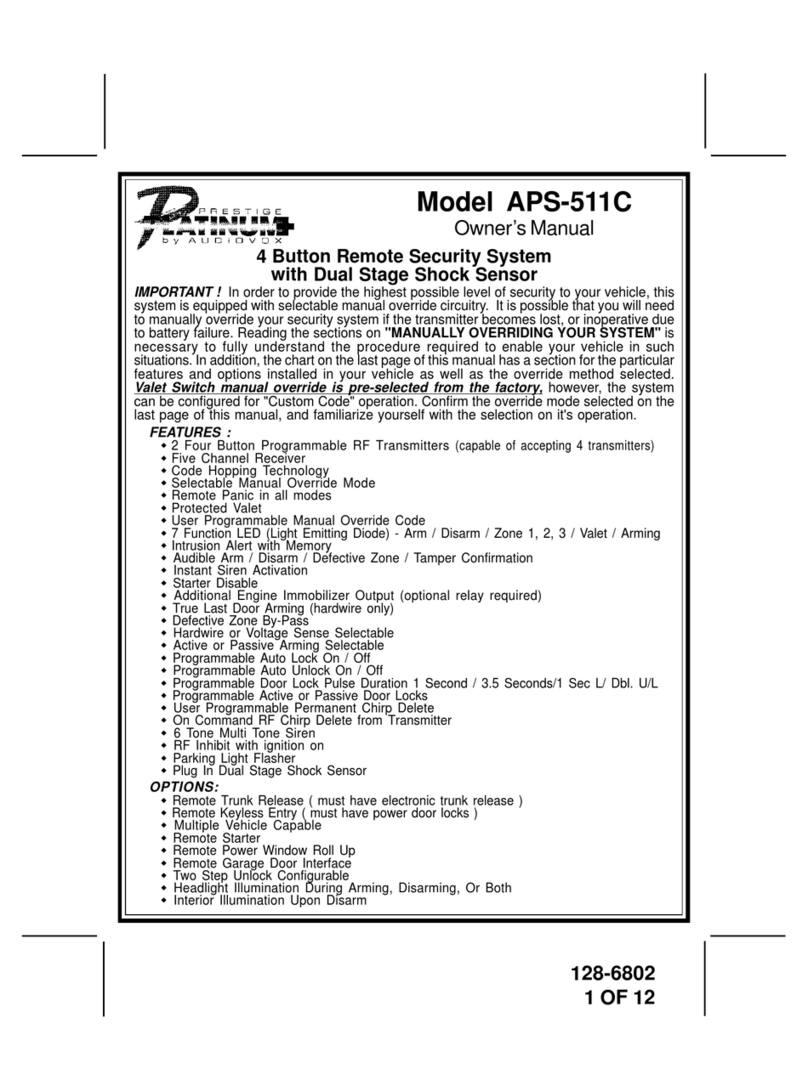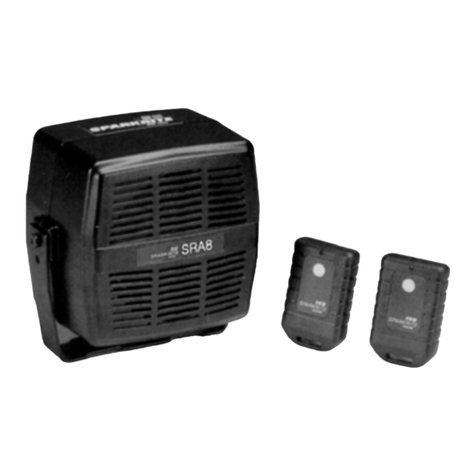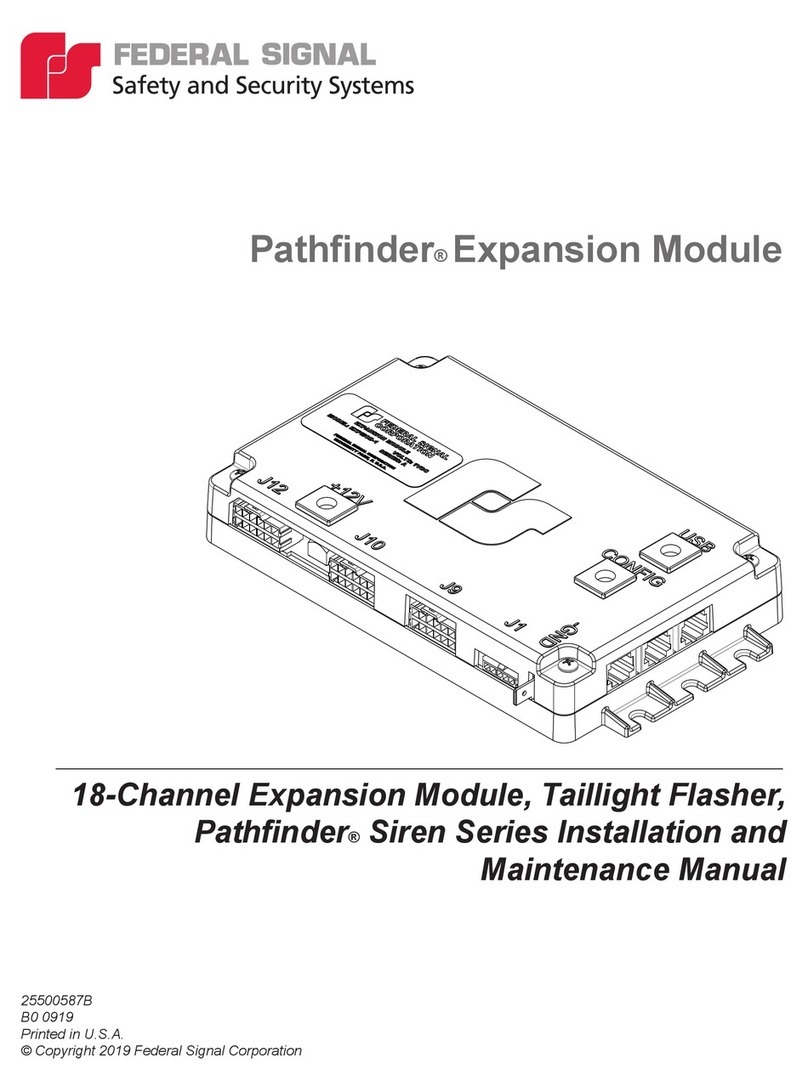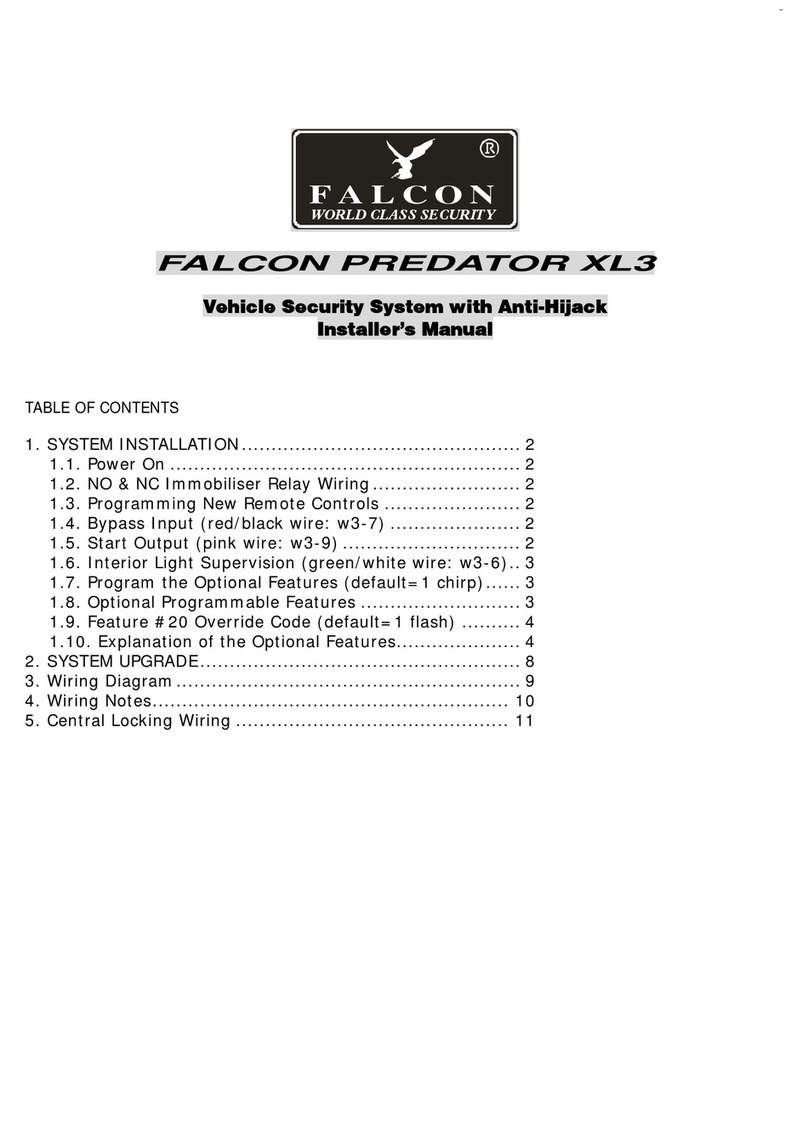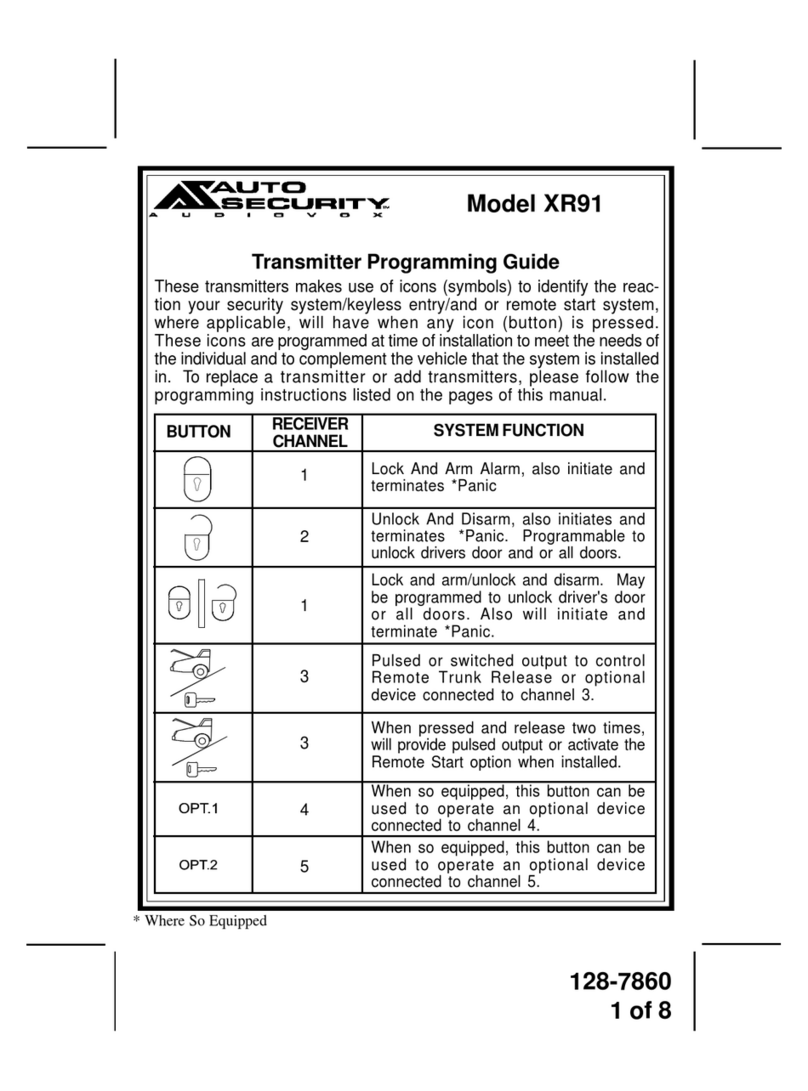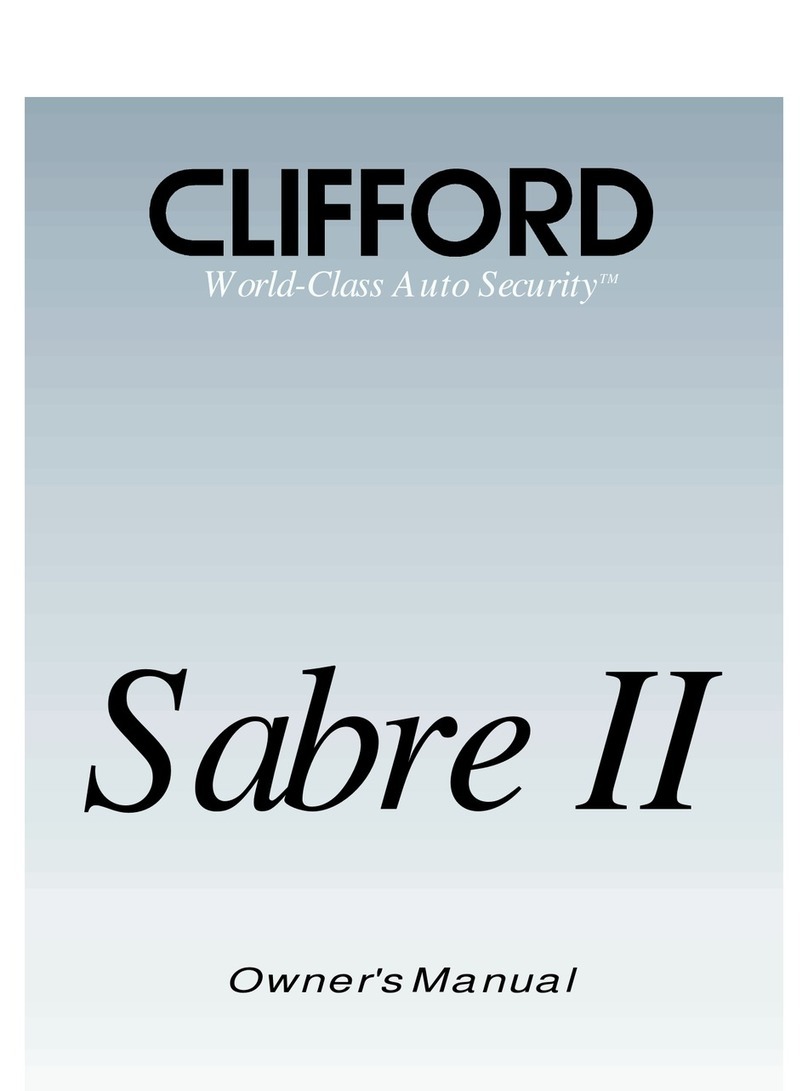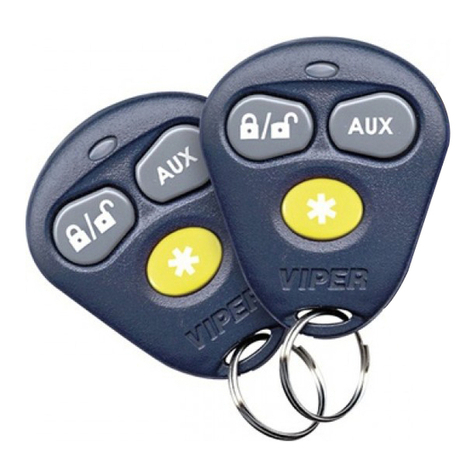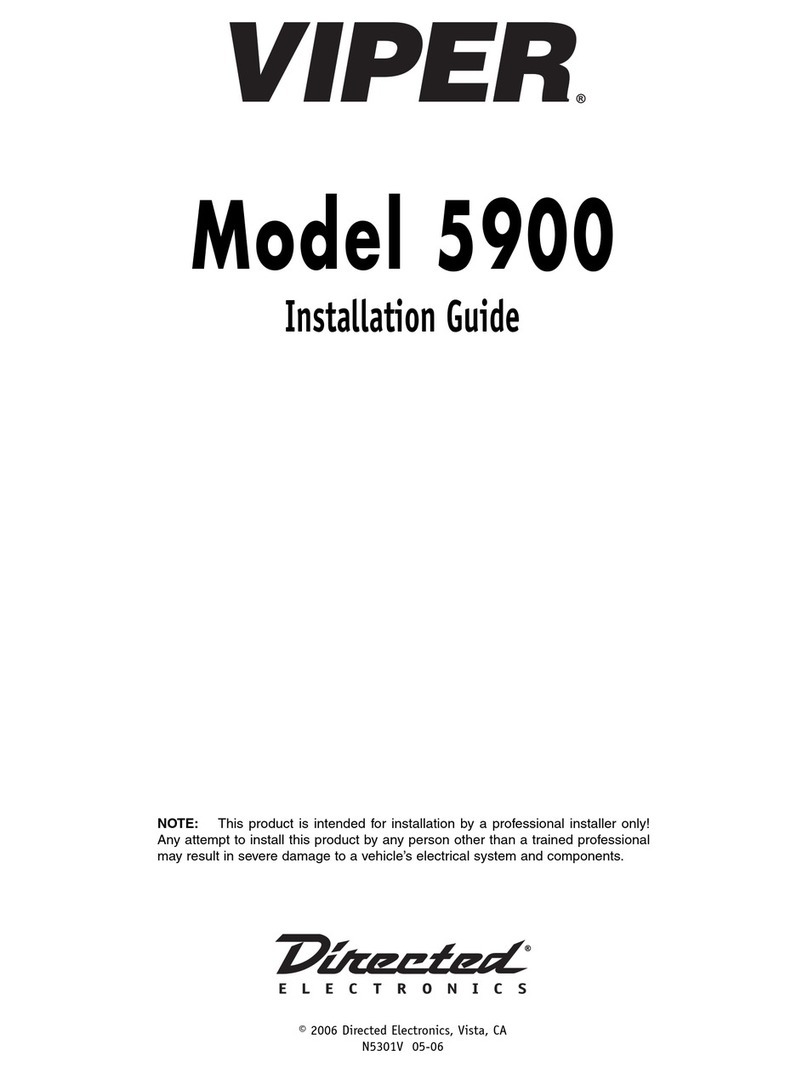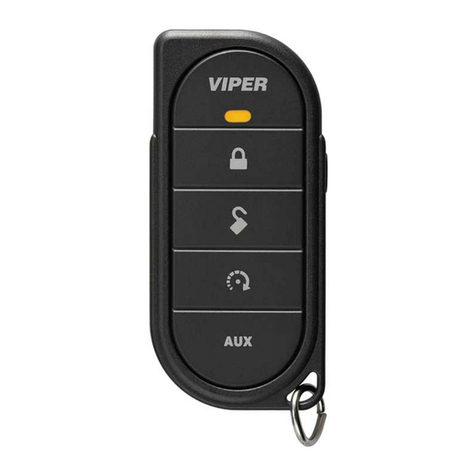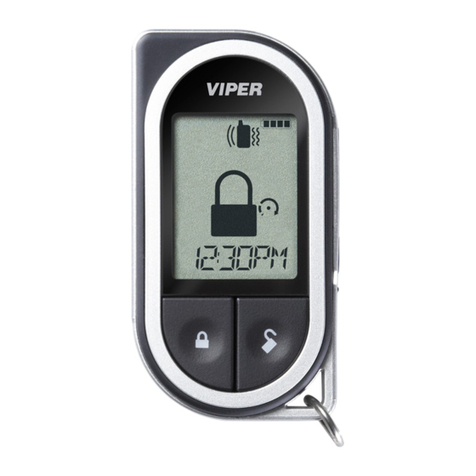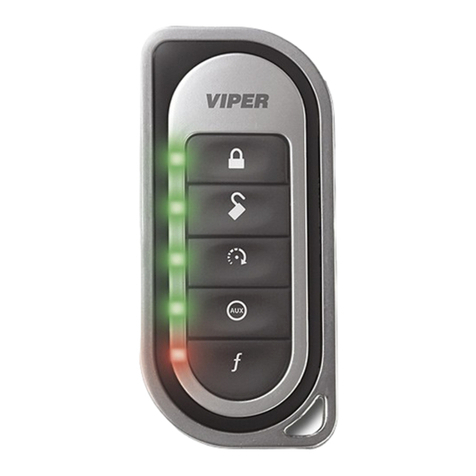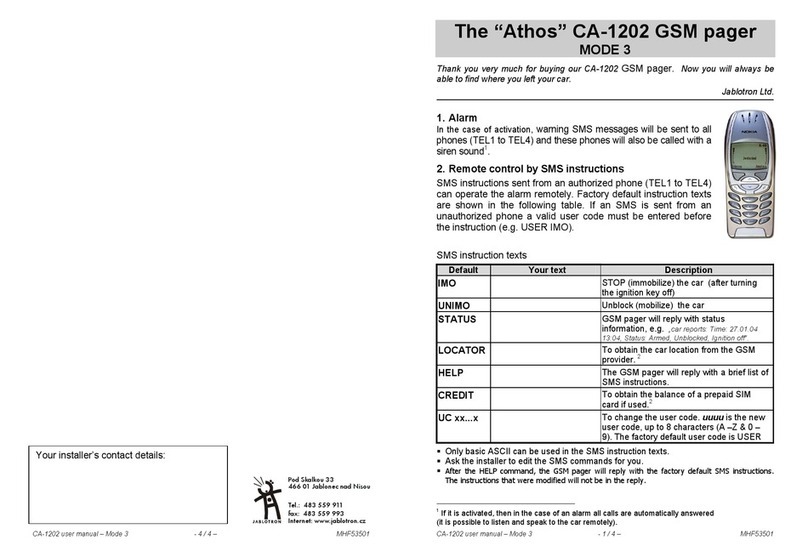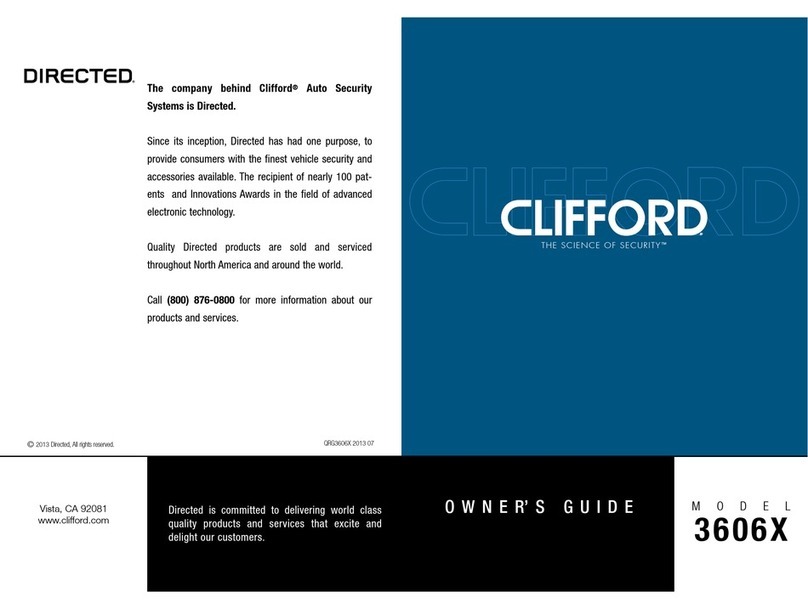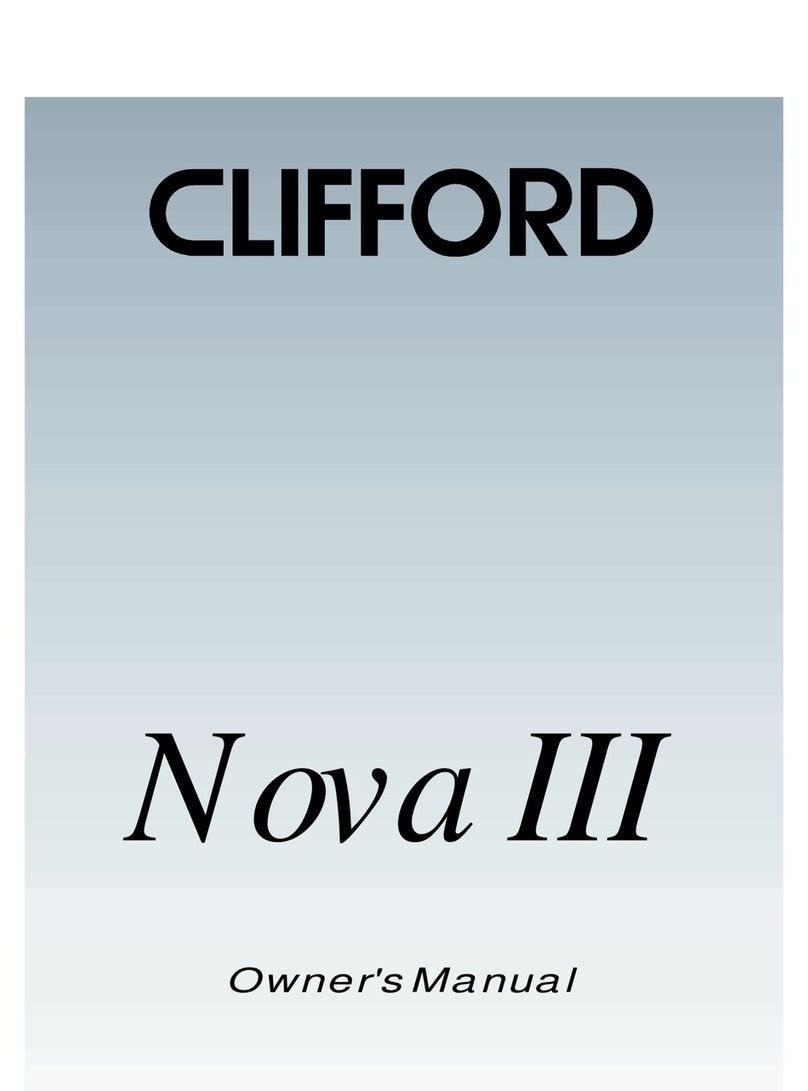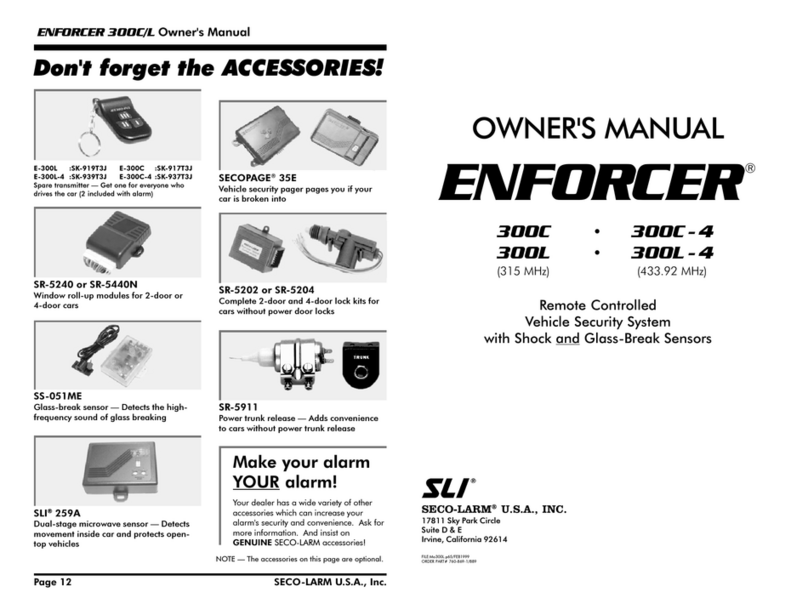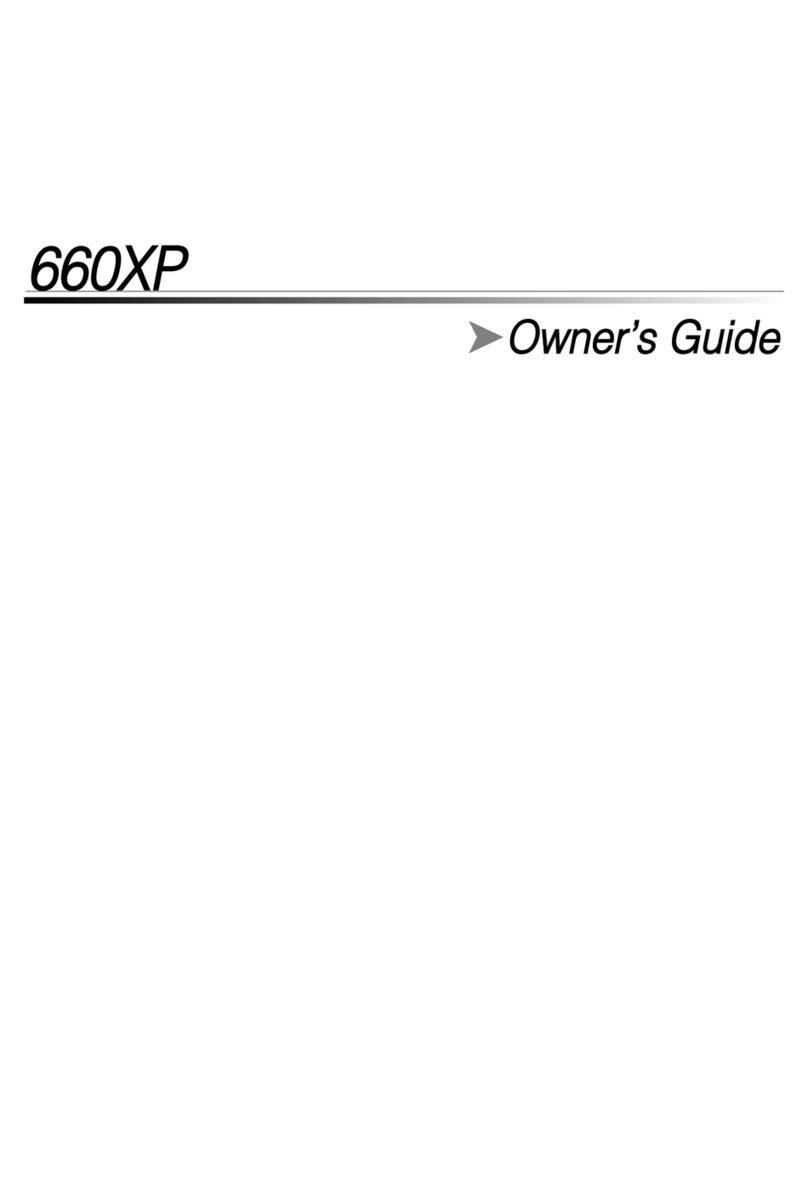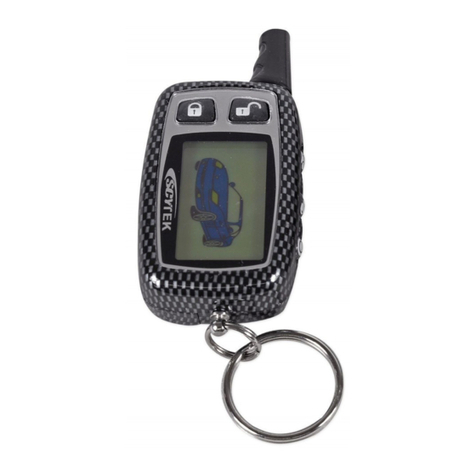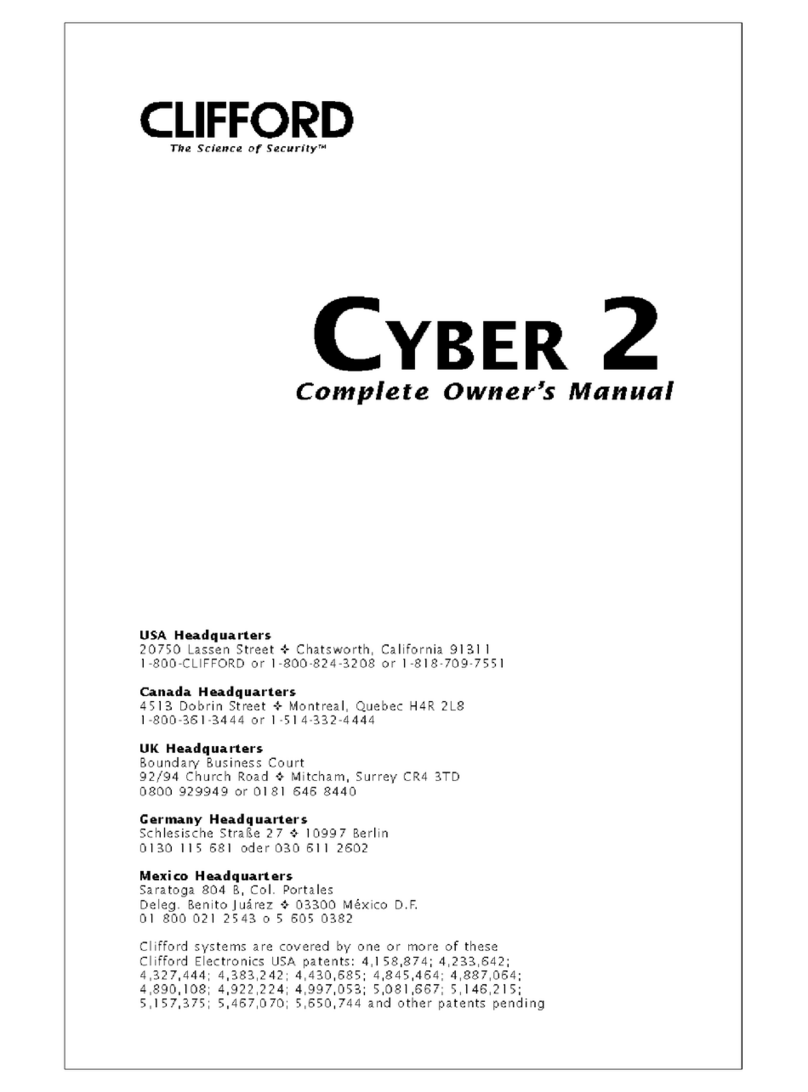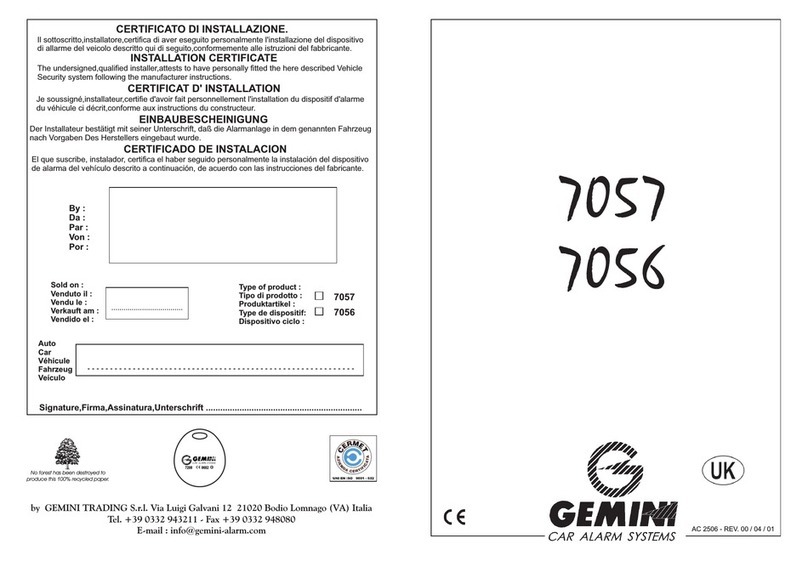© 2005 Directed Electronics, Inc. Vista, CA 33
ttaabblleeooffccoonntteennttss
wwhhaattiissiinncclluuddeedd........................................................44
wwaarrnniinngg!!ssaaffeettyyffiirrsstt..................................................44
iinnssttaallllaattiioonnppooiinnttssttoorreemmeemmbbeerr..................................55
before beginning the installation . . . . . . . . . . . . . 5
after the installation. . . . . . . . . . . . . . . . . . . . . . 5
ddeecciiddiinnggoonnccoommppoonneennttllooccaattiioonnss................................66
locations for the siren. . . . . . . . . . . . . . . . . . . . . 6
locations for the control module. . . . . . . . . . . . . . 6
locations for stinger doubleguard shock sensor . . . . 7
locations for valet/program switch . . . . . . . . . . . . 8
locations for the status LED . . . . . . . . . . . . . . . . . 8
ffiinnddiinnggtthheewwiirreessyyoouunneeeedd........................................99
locations for the optional starter kill relay . . . . . . . 9
locations for the relay satellite. . . . . . . . . . . . . . . 9
obtaining constant 12V . . . . . . . . . . . . . . . . . . . . 9
finding the 12V switched ignition wire. . . . . . . . . 10
finding the starter wire . . . . . . . . . . . . . . . . . . . 10
finding the accessory wire . . . . . . . . . . . . . . . . . 11
finding the tachometer wire . . . . . . . . . . . . . . . . 11
finding the wait-to-start bulb wire for diesels . . . 11
finding a (+) parking light wire. . . . . . . . . . . . . . 12
finding the door pin switch circuit . . . . . . . . . . . 12
mmaakkiinnggyyoouurrwwiirriinnggccoonnnneeccttiioonnss................................1133
pprriimmaarryyhhaarrnneessss((HH11)),,1122--ppiinnccoonnnneeccttoorr......................1144
sseeccoonnddaarryyhhaarrnneessss((HH22)),,66--ppiinnccoonnnneeccttoorr....................1144
ddoooorrlloocckkhhaarrnneessss,,33--ppiinnccoonnnneeccttoorr............................1155
rreemmootteessttaarrttpprriimmaarryyhhaarrnneessss,,77--ppiinnccoonnnneeccttoorr............1155
hheeaavvyyggaauuggeeiinnlliinneeccoonnnneeccttoorrkkeeyysswwiittcchhiinntteerrffaaccee......1166
rreemmootteessttaarrttsseeccoonnddaarryyhhaarrnneessss((HH33)),,55--ppiinnccoonnnneeccttoorr..1166
pprriimmaarryyhhaarrnneessss((H
H11))wwiirreeccoonnnneeccttiioonngguuiiddee................1177
sseeccoonnddaarryyhhaarrnneessss((HH22))wwiirreeccoonnnneeccttiioonngguuiiddee............2211
rreellaayykkeeyysswwiittcchhiinntteerrffaacceewwiirreeccoonnnneeccttiioonngguuiiddee..........2233
rreemmootteessttaarrttsseeccoonnddaarryyhhaarrnneessss((HH33))wwiirree....................
ccoonnnneeccttiioonngguuiiddee....................................................2244
nneeuuttrraallssaaffeettyysswwiittcchhiinntteerrffaaccee..................................2266
testing the neutral safety switch. . . . . . . . . . . . . 26
bbyyppaassssiinnggGGMMvveehhiicclleeaannttii--tthheeffttssyysstteemmss((VVAATTSS))..........2299
11999955aannddnneewweerrvveehhiicclleeaannttii--tthheefftt..............................
ssyysstteemmss((iimmmmoobbiilliizzeerrss))............................................3300
passlock I and passlock II (PL-1 and PL-2). . . . . . 30
passkey III (PK-3), transponder-based systems . . . 30
pplluugg--iinnLLEEDDaannddvvaalleett//pprrooggrraammsswwiittcchh....
....................3311
pprrooggrraammmmeerriinntteerrffaaccee,,33--ppiinnbbllaacckkpplluugg......................3311
sshhoocckksseennssoorrhhaarrnneessss,,44--ppiinnccoonnnneeccttoorr........................3322
ttaacchhlleeaarrnniinngg.....................................
.....................3333
pprrooggrraammmmiinnggjjuummppeerrss..............................................3333
ttrraannssmmiit
ttteerr//rreecceeiivveerrlleeaarrnnrroouuttiinnee™™............................3344
tach threshold on/off . . . . . . . . . . . . . . . . . . . . 34
light flash (+)/(-) . . . . . . . . . . . . . . . . . . . . . . . 34
ttrraannssmmiitttteerrccoonnffiigguurraattiioonnss........................................3377
standard configuration. . . . . . . . . . . . . . . . . . . . 37
rreemmootteeccoonnttrroollddiiaaggrraamm............................................3388
ssttaannddaarrddmmooddeeccoonnffiigguurraattiioonn....................................3399
mmuullttii--lleevveellsseeccuurriittyyaarrmmiinngg........................................4400
ssyysstteemmffeeaattuurreesslleeaarrnnrroouuttiinnee....................................4411
ffeeaattuurreemmeennuuss........................................................4433
menu #1 - basic features . . . . . . . . . . . . . . . . . . 43
menu #2 - advanced features . . . . . . . . . . . . . . . 44
menu #3 - remote start options . . . . . . . . . . . . . 44
ffeeaattuurreeddeessccrriippttiioonnss....
............................................4455
menu #1 - basic features . . . . . . . . . . . . . . . . . . 45
menu #2 - advanced features . . . . . . . . . . . . . . . 46
menu #3 - remote start options . . . . . . . . . . . . . 48
nnuuiissaanncceepprreevveennttiioonncciirrccuuiittrryy....................................4499
vvaalleettmmooddee..............................................................5500
ttiimmeerrmmooddee............................................................5500
ttaabblleeooffzzoonneess........................................................5511
sshhuuttddoowwnnddiiaaggnnoossttiiccss..........................................
....5511
to perform shutdown diagnostics . . . . . . . . . . . . 51
lloonnggtteerrmmeevveenntthhiissttoorryy............................................5522
ssaaffeettyycchheecckk..........
..................................................5533
ttrroouubblleesshhoooottiinngg......................................................5544
alarm troubleshooting . . . . . . . . . . . . . . . . . . . . 54
remote start troubleshooting . . . . . . . . . . . . . . . 54
wwiirriinnggqquuiicckkrreeffeerreenncceegguuiiddee....................................5566
rreellaayyssaatteelllliitteewwiirriinnggqquuiicckkrreeffeerreenncceegguuiiddee..................5577
